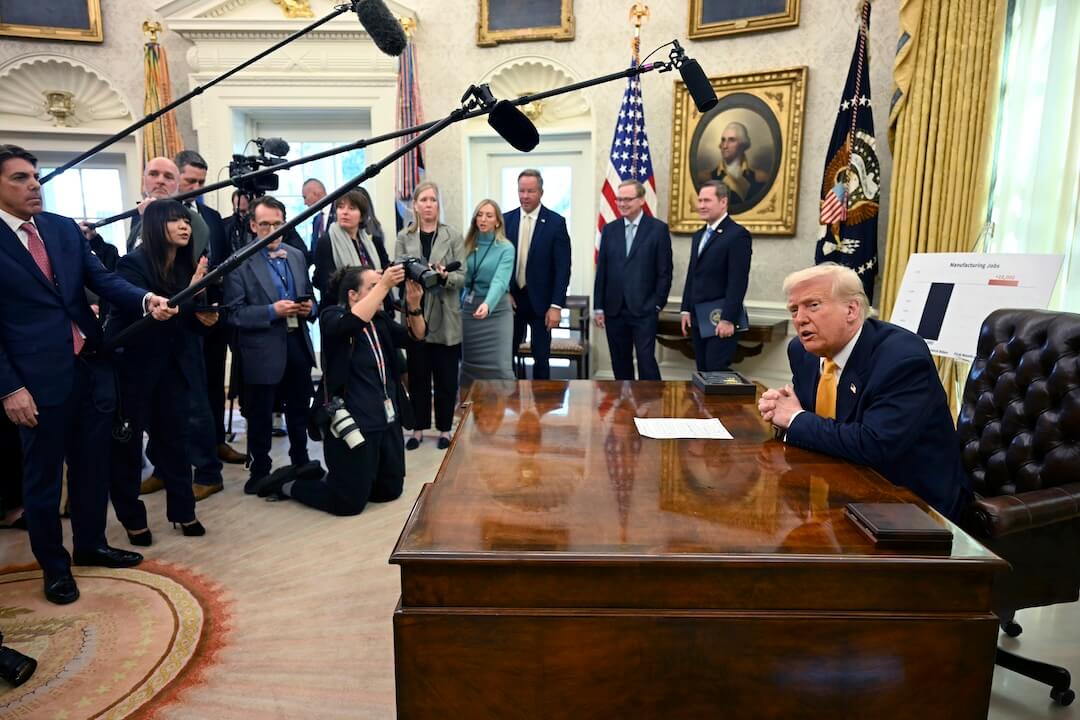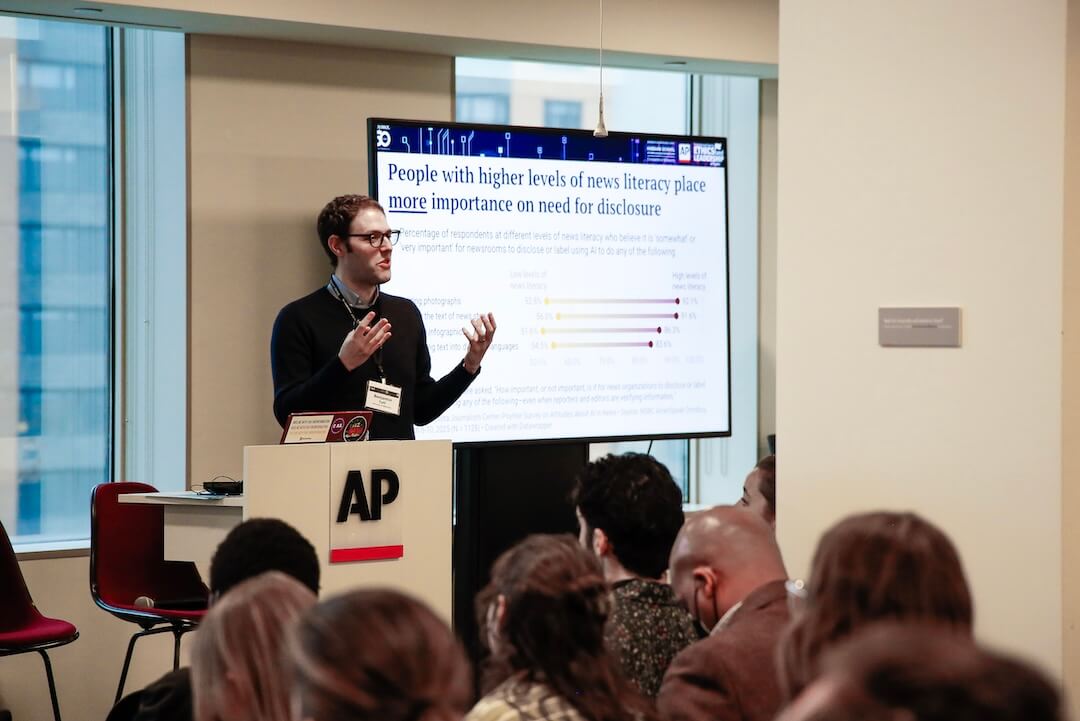When veteran newspaper artist and designer Charles Apple worked at the (Raleigh) News & Observer in the 1990’s, he and his colleagues had an ongoing discussion about how they viewed their own jobs.
As they drew up the artwork, maps and infographics that adorned each day’s paper, they’d talk about whether their work constituted “journalism” and whether they thought of themselves as “journalists.”
For Apple, who never hesitated to grab a sketch pad and head out to a crime scene or natural disaster, the answer was obvious. He considered himself every bit a journalist — just as the paper’s reporters and photographers did. But some of his fellow designers saw themselves differently.
“Their point was that they’re not really journalists; they’re just illustrators,” Apple told me from southern California, where he’s now at the Orange County Register. “To them, it was just like working at an ad agency or anyplace else.”
That contrast among newspaper designers isn’t unusual, but a recent study suggests designers’ self-characterization of their jobs may be more than just fodder for newsroom debates. It also could play a role in their job satisfaction, especially as media companies move designers out of individual newsrooms and into consolidated hubs that serve several publications.
The small study by South Florida Sun Sentinel designer Rachel Schallom found that newspaper designers who consider themselves journalists are happier working in newsrooms, while those who think of themselves as artists or illustrators prefer working in the centralized design centers.
“People who identified as journalists got satisfaction from collaboration with editors and reporters,“ said Schallom, who conducted the study for her master’s thesis at the University of Missouri School of Journalism. “They liked content creation.”
On the other hand, those who don’t consider themselves journalists (three of the ten people Schallom interviewed) had different feelings about their work and the articles it accompanies.
“[They] said they don’t read the story and don’t care what it’s about,” Schallom said in a phone interview. “They just like the craft of graphic design.”
Are non-journalists a better fit?
It may be tempting for people with journalistic backgrounds to look down upon colleagues who admit to not reading the news. (Apple said he rarely hires people for design jobs unless they show interest in newspapers.) But Schallom’s findings suggest that those non-journalists may be a good fit for many of today’s design and layout jobs.
Companies such as Gannett, Tribune and McClatchy have centralized hundreds of those positions into hubs or design studios, where each employee typically works on several different newspapers. The centers vary in their responsibilities. Some employ designers who at least occasionally are called upon to construct complex graphics and major artwork for local newspapers. Others centers more closely resemble “assembly line” operations, where designers are limited to doing basic layout work.
In almost all of the consolidated centers, though, designers have less contact with reporters, and opportunities to actually visit breaking news scenes are virtually nonexistent.
“A lot of the people who were looking for more of a journalism role found they were very unsatisfied,” Schallom said.
Yet the designers who didn’t consider themselves journalists — people who typically attended art school or graphic design programs rather than journalism school — told Schallom they liked the hub work.
“They really didn’t want to work with the editors and the reporters,” Schallom said.
Schallom’s study, while small, might provide some guidance to managers tasked with staffing consolidated centers and addressing the high turnover rates that have plagued some of the operations.
It also spotlights the potential challenge faced by journalistically-trained designers, who may be dissatisfied working in centralized studios but are unable to land one of the increasingly rare design jobs in newsrooms.
Schallom’s newspaper — the South Florida Sun-Sentinel — still has a small local design desk, but much of each day’s paper consists of templated “mods” prepared at the central editing and design hub of its parent, Tribune Company. Dozens of other papers around the country now employ no designers or graphic artists at all. Apple’s former department at the News & Observer has been disbanded and the design and copy editing functions have been consolidated to a McClatchy Company center in Charlotte.
Unsurprisingly, many designers who self-identify as journalists have chosen to leave the profession, rather than pursue jobs at consolidated editing and design hubs.
“I don’t know if consolidated centers would be my kind of place,” said former designer and copy editor Abby Langston, who was laid off from the Winston-Salem Journal when Media General moved the design and copy desks to a center. “It’s kind of ‘plug and chug’ and get it done as fast as you can.”
Langston now works at a custom publishing house that produces Wal-Mart’s monthly employee magazine.
Different from journalism school
Schallom is quick to note that her thesis doesn’t judge whether it’s better for newspapers to employ centralized or local designers. She said both models have some merit. For instance, not only do the centralized centers save money, but she said they’ve helped smaller papers improve their design from the days when overburdened newsroom employees had to lay out pages in addition to writing and editing stories.
Even Apple, who said he’s “disturbed” by the consolidations, conceded that some of the centralized hubs are doing good work. He singled out Gannett’s center in Des Moines, which he said is providing some “really nice cover designs” to the chain’s newspapers in the upper Midwest, many of which never had the resources to do advanced design work on their own.
Still, Schallom says her colleagues in the graphics and design field need to understand that the environment in the centralized hubs differs from that of newsrooms and may not mesh with their expectations. She recalls that after Gannett began opening its consolidated centers in 2010, it offered positions to several of her fellow students at Missouri.
“People were taking them because they were job offers,” Schallom said, “and they were very unsatisfied because it was so much different from anything you learned in journalism school.”
Which term do you identify with, and why?







Comments